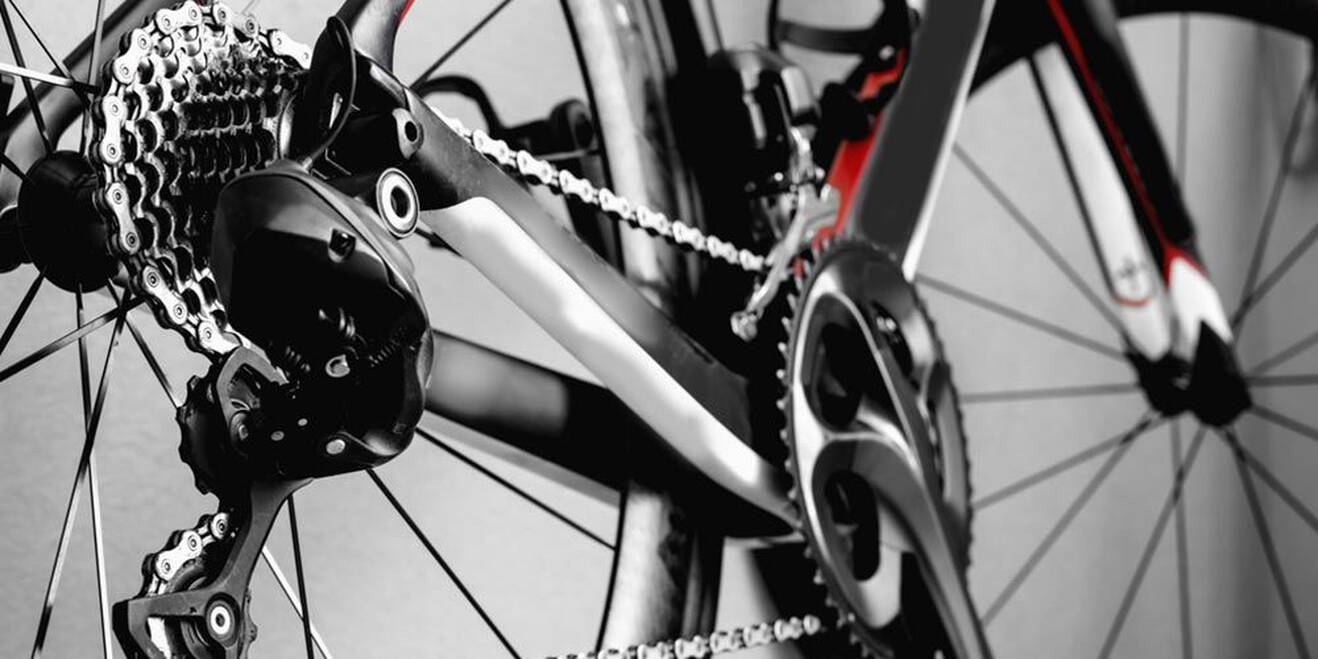Live Life On Many Speeds

Bikes come with single, double, or triple, front chainrings (crankset). Learn about bicycle gears, and understand how your bike works with gears
Understand the 5 main parts of the gear set with Firefox Bikes
Your riding can be optimised for best results in terms of time and effort if you use your gears right. You will also get the most enjoyment out of your bike if you use the gears right. Before all else, it's important to understand the 5 main parts of the gear set.
Bikes come with single (one), double (two) or triple (three) Front Chainrings (crankset). The chain ring has teeth on the outer edge on which the chain sits. A Rear Cassette is a set of cogs (or gears) on the right side of rear wheel. The smallest cog is furthest away from the wheel itself. Each cog has teeth on it for the chain to sit on. The Chain connects the chainrings to the cogs; rotation of the chainrings leads to the propulsion of the cycle. The Derailleurs are responsible for shifting the chain between derailleurs or between cogs while the Shifters are connected to your derailleurs. The rider moves the shifters up and down for this. As seen in the image below, the crankset, rear cassette, chain and derailleurs put together make the drivetrain.
Regardless of the type of bike, each bike has two shifters, one for the front derailleurs and the other for the rear derailleurs. Gears and shifters help maintain a constant speed even on inclines. Broadly speaking, a faster pace on an easier gear is better than pedalling slow on a harder gear. The optimum tempo for road biking is around 80 to 100 rotations per minute. For mountain biking, your legs should be at a constant spin and not feel like you are powering through.
When shifting gears, make sure you shift rear cassette cogs for small changes and front chainrings for big changes, never both at the same time. Its best to release pressure off the pedals when shifting gears. Therefore, preferable to shift gears on plains, on downward inclines or just before climbing up an incline. Ideally, avoid cross-shifting, that is, avoid putting your chain on opposite extremes of the front cogs and rear cassette simultaneously. This puts too much strain on the chain and could result in a drop or break. The same result can be achieved with another combination of the cog and read cassette, this will come through practice.
On an average, for daily commute or flat terrain riding, you don't need fancy gears or heavy shifters. However, for mountain biking and off-roading its recommended that you get a bike with a good gear set. Trickier the terrain, wider the gear set. Aside from these pointers, remember to keep your gear set clean at all times. Whenever you check on the chains, check the cables for wear and tear. The drivetrain will run smoothly if the chains are cleaned and lubricated regularly. If you use the bike regularly, remove and clean the cassette, chain and chainrings at least once a year.
If you have more to add to the use of gears, drop us a message on our social pages and we will get back to you. We would be happy to incorporate your advice to our blogs.
Keep riding. Keep rolling. #EverydayAdventure